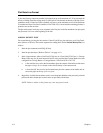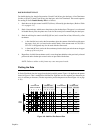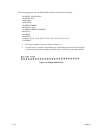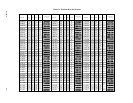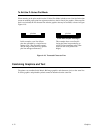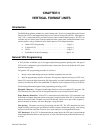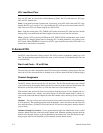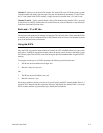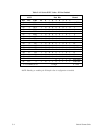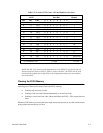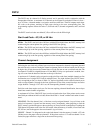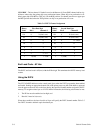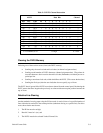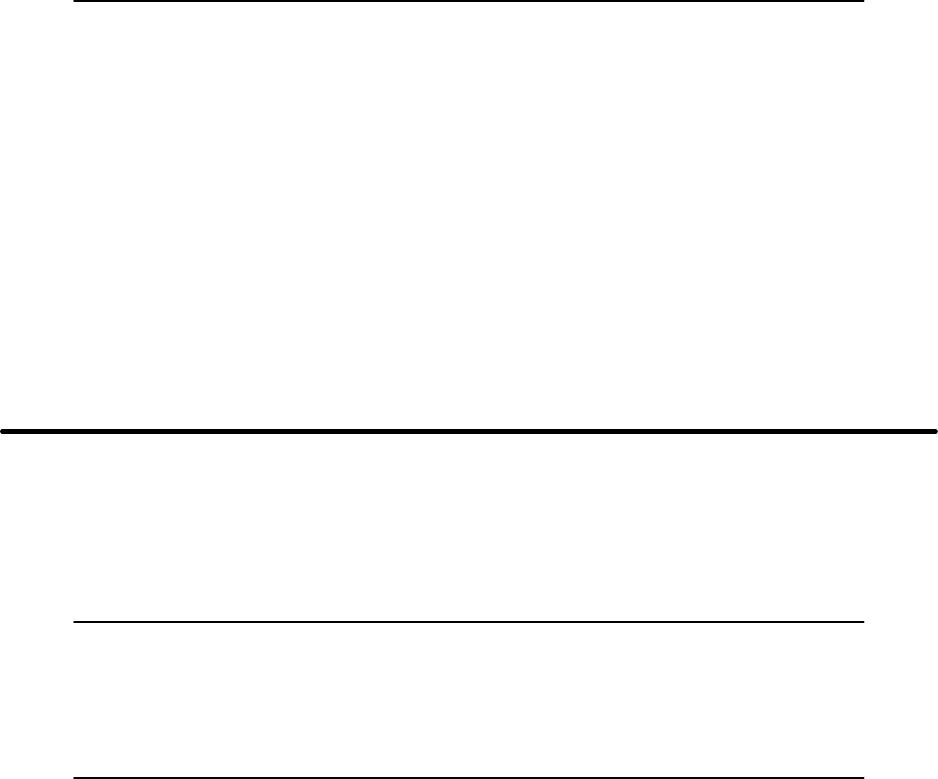
Vertical Format Units5–2
VFU Load/Save/Clear
Save
one VFU table at a time in Non–V
olatile Memory (NVM). The VFU table format
is: VFU type,
LPI,
and VFU channel data.
Load
–
Upon printer powerup or printer reset, a previously saved VFU loads if the
saved
VFU table
matches
the
VFU type
(see page 3–16). Upon loading the VFU, LPI sets to the
value stored in the VFU
table
if the saved VFU was loaded using the 6 or 8 lpi DVFU.
Save
–
From
the control panel, VFU T
ABLE SA
VE writes the current VFU table into Non–V
olatile
memory. Skip–over perforation and forms length values are not saved from this selection.
Clear
–
Clear the VFU by pressing ENTER at the VFU T
ABLE CLEAR configuration menu, control
code (SFCC @),
changing
printer protocol, changing VFUs, loading parameters, or by loading a new
VFU format. When DISABLE is selected as the VFU type, the previously loaded VFU data is not
cleared
and is still in ef
fect if reselected.
P–Series EVFU
The
EVFU can
be selected in P–Series protocol. The EVFU provides 16 channels to identify up to 192
lines.
The programming sequence follows this order: 1) start load code, 2) line identification code, and
3)
end load code.
Start Load Code – 1E or 6E Hex
The
start load code clears and initializes the EVFU memory for the memory load
program. The start
load code is 1E hex when the PI line is disabled (low) or 6E hex when the PI line is enabled (high).
Channel Assignment
The EVFU memory has the capacity for 192–line forms. The first line identification code (channel
code)
in the memory load program defines the first line on the form; the second line identification code
defines the second line on the form, etc. Each line must have a line identification code.
Filler
channel codes are used for lines not accessed by
the print program. Use any channel code as a
filler
except channel code 1, which is reserved for the top–of–form, and channel code 12, which is re
-
served as the vertical tab channel. Repeat the same filler channel code as
necessary for any number of
lines.
Channel
1
– The top–of–form code, reserved as the first line on the form or the first line printed (top–
of–form
position). The operating program sends the channel 1 code to advance to the top
of the next
form.
After the memory is loaded, a Form Feed code (FF
, 0C hex) moves the paper to the next channel 1
(top–of–form).
Channels
2 thr
ough 1
1, 13 and 14
– Used as general channel codes (line identification codes) or filler
channels.
Identify each line on the form with a channel
code. When the operating program sends the
channel
code, the paper advances to the line identified by the channel code. Lines not used by the oper
-
ating program must also be identified by filler channels (unused channel codes).





